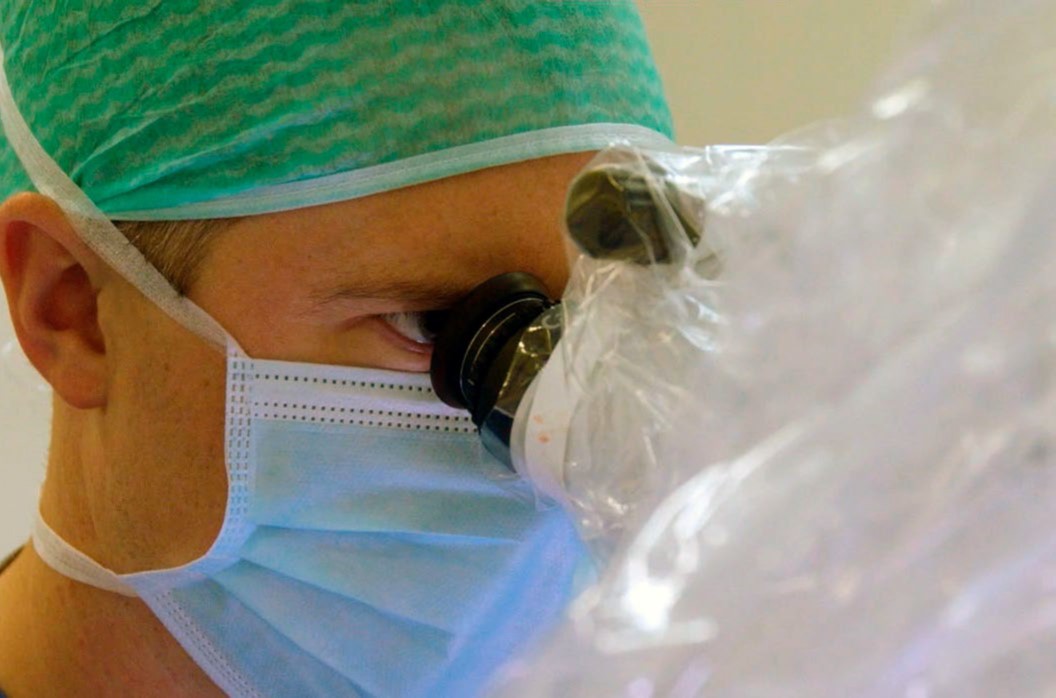Mr. Patrick Gordon, Consultant Andrologist specialising in male fertility at St James’ Hospital in Leeds, welcomed us into his theatre for a day to observe his operations. His work encompasses all forms of andrology, from male infertility to erectile dysfunction. We aimed to learn how the Dopplex Waveform Doppler and intraoperative probe have enhanced Mr. Gordon’s surgical procedures and patient safety, including intraoperative monitoring, and what the process was like before these advancements.
The two cases scheduled that day were Varicocele repair. Varicocele is a common condition affecting about 15% of the population. It involves dilated veins in the testicles, like varicose veins in the legs, which increase the heat around the testicles. This can impair their function, leading to reduced testosterone and sperm production. The main reasons for treating Varicocele are to address fertility issues and alleviate pain, which can be like the discomfort experienced with varicose veins in the legs.
Without confirmation of the exact location of the artery, surgeons might leave more structures behind to avoid damaging main arteries, potentially leading to higher recurrence rates and increased risk of complications.
The Dopplex single use intraoperative probe provides an accurate method for monitoring blood flow during surgeries. Mr. Patrick Gordon uses this device to identify and preserve the main arteries, ensure the accuracy of his procedures. He describes,
“With a surgical probe, placing it on a vein won’t produce a Doppler signal, so you won’t hear blood pulsating. However, if applied to an artery, you can hear the signal and see the arterial waveform.”
During a Varicocele surgery, the Dopplex surgical probe detects the artery signal, indicating its location, enabling the surgeon to avoid this area. Mr Gordon notes,
“The key to varicocele repair is to remove all the veins, not just the dilated ones. If only the dilated veins are tied off, leaving many normal ones behind, the issue will recur. Therefore, all identifiable veins must be stripped. This is where the surgical probe is essential, as it helps distinguish between small vessels that aren’t dilated veins, which could be arteries. We can safely identify and remove the veins while preserving the arteries.”
Before the use of Waveform Doppler and surgical probe, Mr Gordon explains that traditional methods of assessing blood flow was guesswork and a bit of hope, which carried a high risk of complications. The Surgical probe offers confirmation and confidence, reducing these risks significantly.
Download the full PDF
